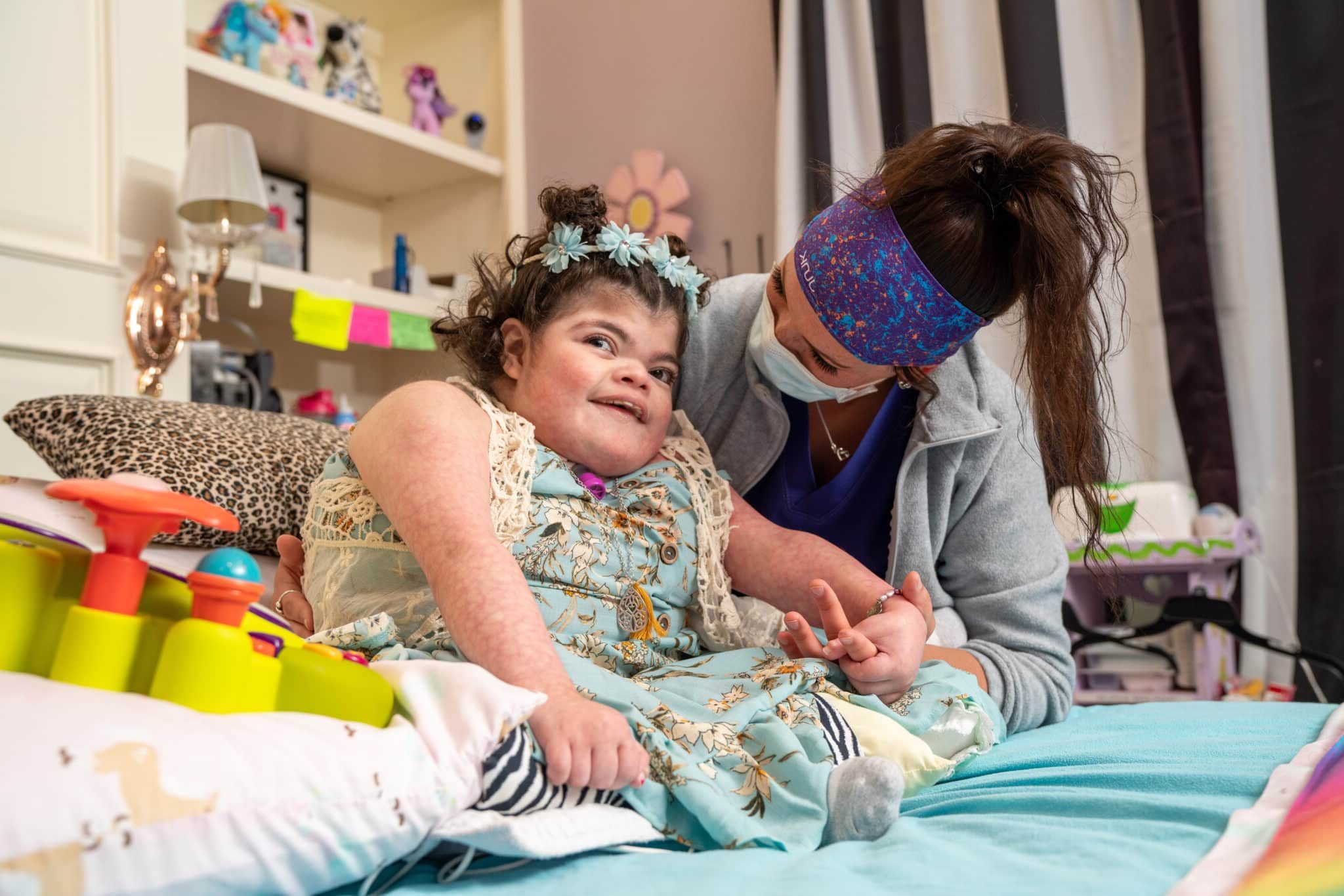Transitioning to in-home pediatric care can be a significant change for families, offering a more comfortable and personalized environment for your child. It involves careful planning and coordination to ensure the highest level of care. This guide provides expert tips to help you navigate this transition smoothly. From preparing your home environment to establishing clear communication with your care team, these steps are essential for a successful move to in-home pediatric care. By understanding the care procedures and managing expectations, families can create a supportive and effective care plan.
Prepare Your Home Environment
Safety First
Ensuring safety in your home is the top priority when transitioning to in-home pediatric care. Start by childproofing areas where your child will spend most of their time. Secure furniture, cover electrical outlets and remove any hazardous items. Additionally, install safety gates and non-slip mats to prevent accidents. Creating a safe environment helps reduce stress and allows you to focus more on your child’s care needs. Regularly review and update safety measures as your child’s needs evolve.
Set Up a Dedicated Care Space
Creating a dedicated care space within your home is crucial for effective in-home pediatric care. Choose a quiet, accessible area with enough space for medical equipment and supplies. Ensure the area is well-lit and ventilated, with easy access to water and electricity. This space should be comfortable for your child, with familiar toys or items to help them feel at ease. Having a specific area for care activities helps keep everything organized and ensures that all necessary items are readily available.
Establish Clear Communication
Meet with Your Care Team
Meeting with your care team is essential for a smooth transition to in-home pediatric care. Schedule a meeting with your child’s healthcare providers, including doctors, nurses, and therapists, to discuss the care plan. During this meeting, clarify any doubts, ask questions, and understand their roles and responsibilities. Establishing a strong relationship with the care team ensures everyone is on the same page and can provide consistent and coordinated care for your child.
Develop a Communication Plan
Developing a clear communication plan with your care team is vital for effective in-home pediatric care. Decide on the best methods for regular communication, such as phone calls, emails, or video conferences. Set a schedule for updates and check-ins to discuss your child’s progress and any concerns. Having a communication plan in place helps ensure timely and efficient information sharing, which is crucial for addressing any issues promptly and maintaining high-quality care.
Educate Yourself and Your Family
Understand the Care Procedures
Understanding the care procedures involved in your child’s treatment is essential for effective in-home pediatric care. Take the time to learn about the medical equipment, medications, and daily routines required for your child’s care. Attend training sessions provided by healthcare professionals and ask for detailed instructions. Being knowledgeable about the care procedures helps you feel more confident and capable of managing your child’s needs at home.
Include Siblings in the Process
Including siblings in the process of transitioning to in-home pediatric care can foster a supportive and understanding family environment. Explain the situation to your other children in an age-appropriate manner and involve them in the care routine where possible. Encourage them to ask questions and express their feelings. Providing reassurance and support helps siblings adjust to the changes and feel like valued members of the care team.
Coordinate with Healthcare Providers
Keep Regular Appointments
Keeping regular appointments with healthcare providers is crucial for ongoing in-home pediatric care. Schedule and attend follow-up visits with your child’s doctors, therapists, and other specialists. These appointments allow healthcare providers to monitor your child’s progress, adjust the care plan as needed, and address any emerging concerns. Regular check-ups ensure that your child continues to receive the best possible care and support.
Ensure Continuity of Care
Ensuring continuity of care is essential when transitioning to in-home pediatric care. Maintain detailed records of your child’s medical history, treatments, and any changes in their condition. Share this information with all members of the care team to ensure everyone is informed and can provide consistent care. Continuity of care helps avoid gaps in treatment and ensures that your child’s needs are met comprehensively.
Manage Your Expectations
Be Patient
Being patient during the transition to in-home pediatric care is crucial for both you and your child. Adjusting to new routines and responsibilities can take time, and it’s normal to experience challenges along the way. Give yourself and your child time to adapt to the changes. Patience helps reduce stress and allows you to handle obstacles with a calm and positive attitude, fostering a more supportive care environment.
Prepare for Emotional Adjustments
Preparing for emotional adjustments is an important aspect of transitioning to in-home pediatric care. This change can be emotionally taxing for the entire family. Acknowledge and address feelings of anxiety, frustration, or sadness that may arise. Seek support from friends, family, or professional counselors if needed. Taking care of your emotional well-being is essential for providing the best care for your child and maintaining a healthy family dynamic.
Conclusion
Transitioning to in-home pediatric care involves careful planning, effective communication, and emotional readiness. By preparing your home environment, setting up a dedicated care space, and establishing clear communication with your care team, you can ensure a smooth transition. Educating yourself and involving your family in the process fosters a supportive environment. Regular coordination with healthcare providers and managing your expectations helps maintain high-quality care. With patience and preparation, you can create a positive and effective in-home care experience for your child.


